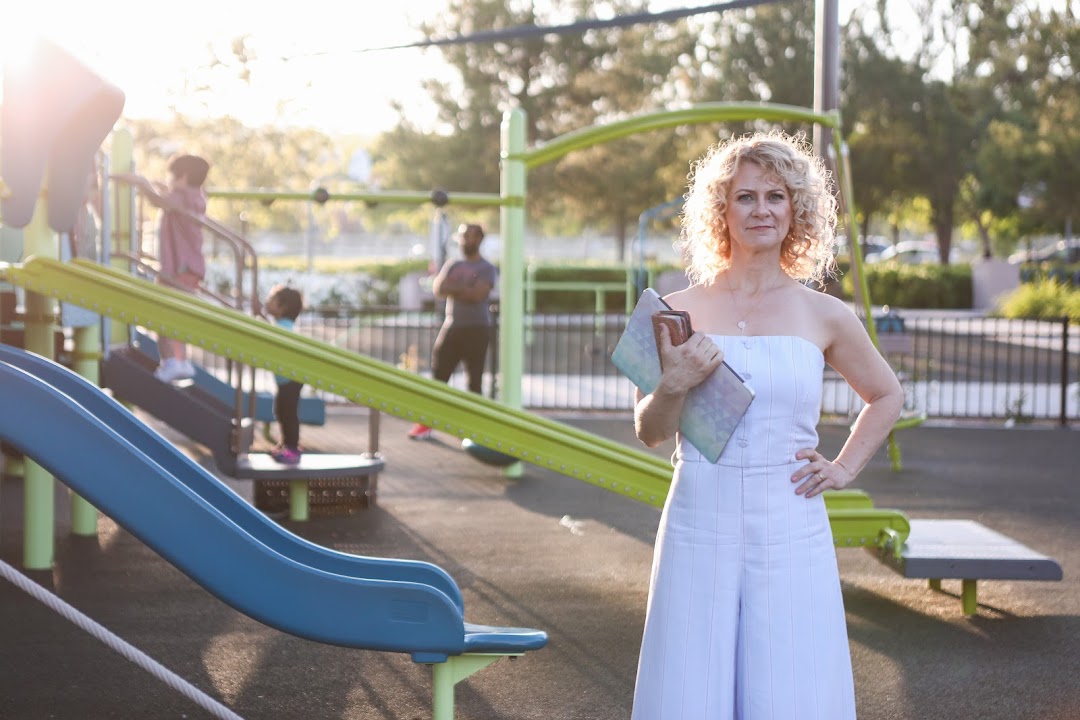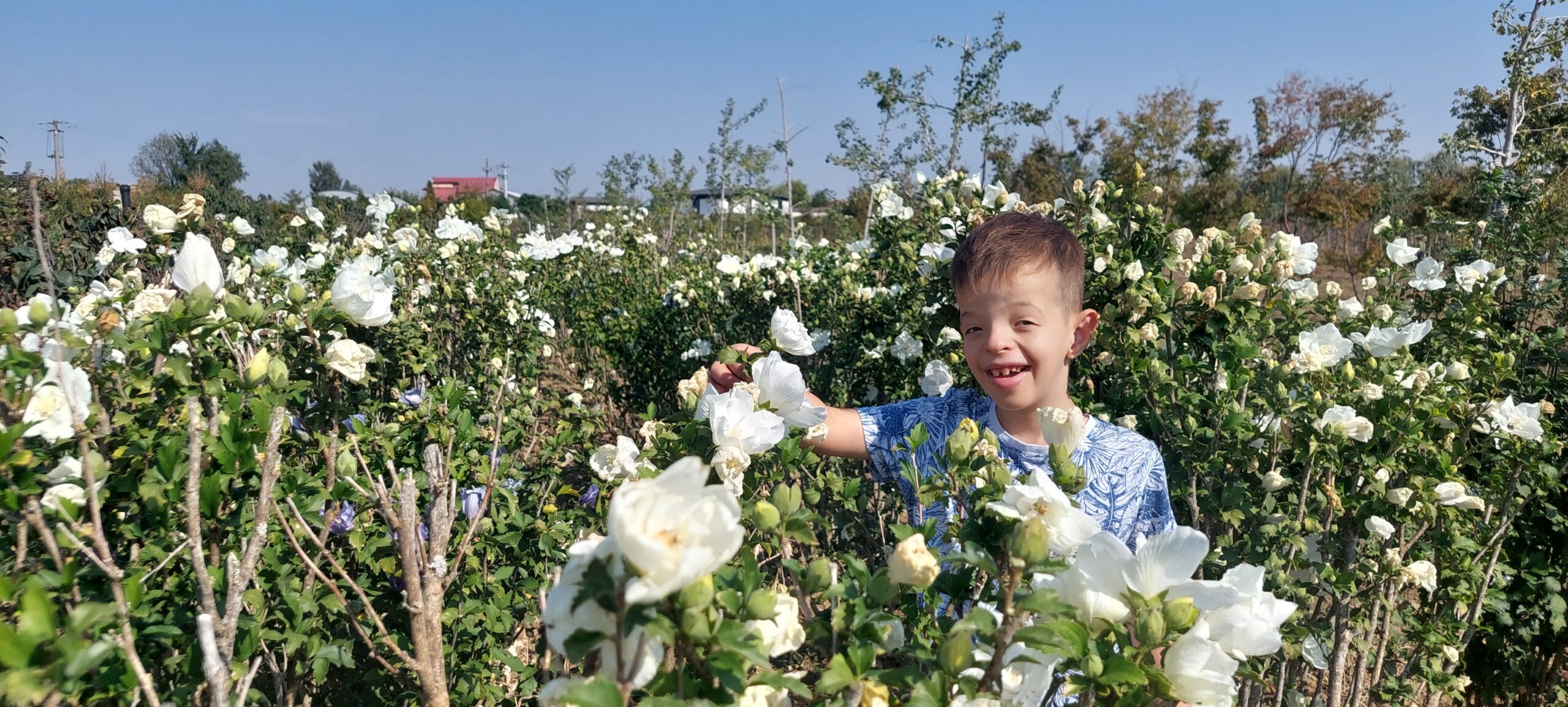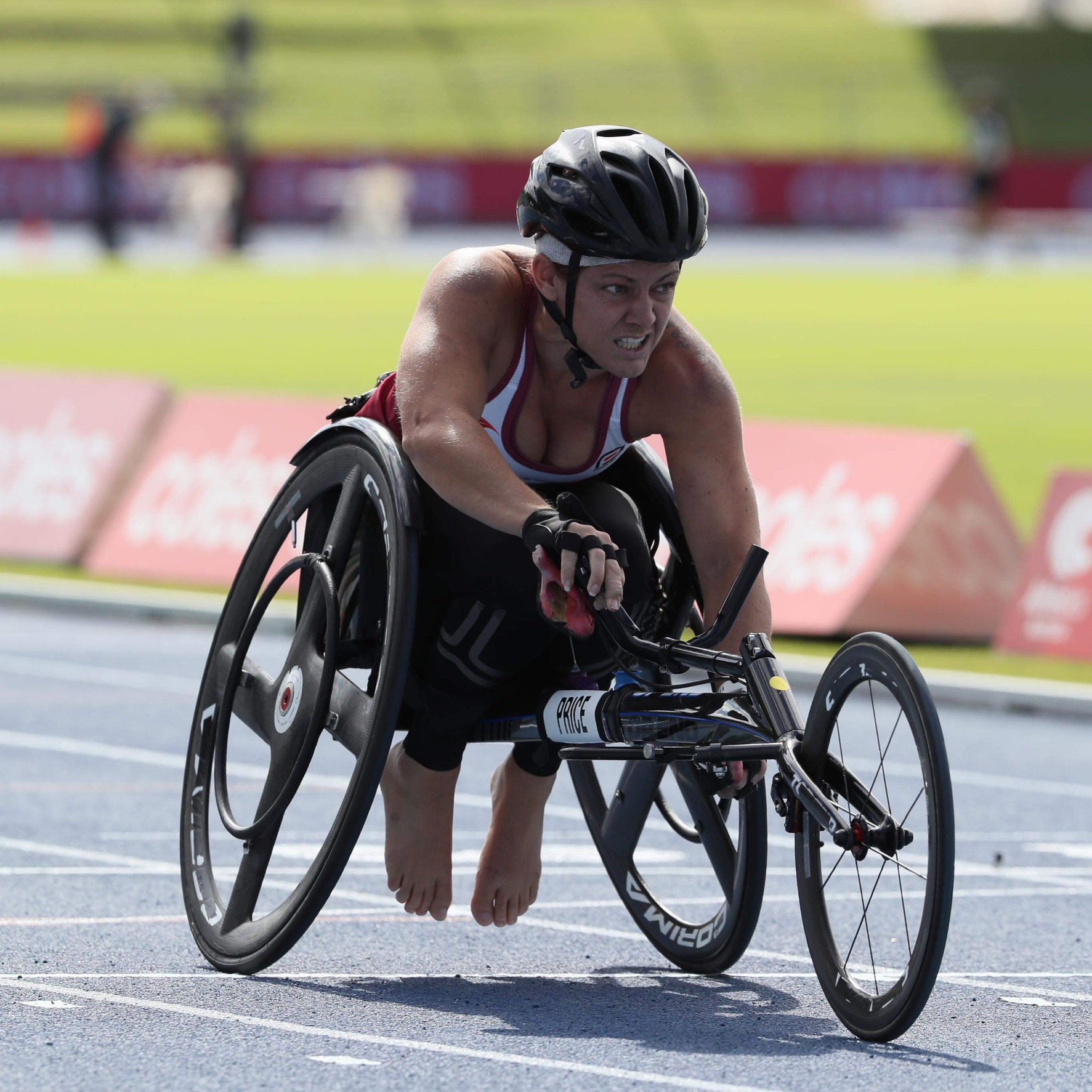Growing Up with Sickle Cell Disease
As we stride into September marking a new Sickle Cell Awareness Month, Jemela Williams discusses the disease she’s lived with her whole life and shares her hopes for a future world that better understands it.
When Jemela was just a few months old, her mother had her daughter’s blood tested because her hands and feet were red and swollen – common first symptoms – and she was crying a lot. ‘I was diagnosed with Haemoglobin SS Sickle Cell Anaemia, which came as a shock to my mother, who from a young age had seen the devastating impact it could have,’ Jemela tells This Is MedTech. ‘She was afraid of what it would mean for my life and my life expectancy.’
Sickle Cell Anaemia or Sickle Cell Disease (SCD) is a group of inherited blood disorders that affects millions of people around the world. It’s particularly common in people of African, Middle Eastern, Asian, Indian, Mediterranean, and Central and South American descent. Normally, red blood cells are shaped like discs, which gives them the flexibility to travel through even the smallest blood vessels; with SCD, they have an abnormal ‘sickle’ shape. This makes them sticky and prone to blocking blood flow around the body, which can cause extreme pain and other complications such as infections, fatigue, stroke, organ damage and in some cases premature death.
With today’s medtech, parents-to-be can be tested if they think they may be carriers who are at risk of passing SCD on to their children. Also, in many countries, babies have their blood screened for SCD at birth – an early diagnosis can give children the best chance of living long and full lives.
Jemela notes that her mom kept a close eye on her as a child but ‘she never made me feel as if I wasn’t going to live a long, healthy, productive life. I was susceptible to infections, so I took penicillin daily to guard against them. Any little thing like a cold or infection could send me into the hospital and turn into something much worse,’ she explains. ‘However, it wasn’t until I hit my late teens that I really started to have the intense Sickle Cell pain. Now, at 38, there are so many days where everything seems to hurt, I feel very weak and I’m constantly dealing with fatigue. What I really depend on the most of all, other than daily meds, is my heating pad.’
Regular health checks that include bloodwork also play a crucial role. ‘I rely heavily on the blood test results of my haemoglobin levels,’ she says. This allows doctors to adjust her medication and help her understand the health implications.
Jemela feels passionate about raising awareness of this “invisible disease” and dispelling common misconceptions that can affect the way in which patients with SCD are sometimes treated. ‘It’s rarely talked about in the media or anywhere and our suffering is definitely not seen and not spoken about,’ she says, noting that she spreads the word on social media daily.
‘When we know better, hopefully we will do better.’






